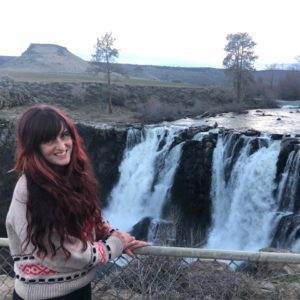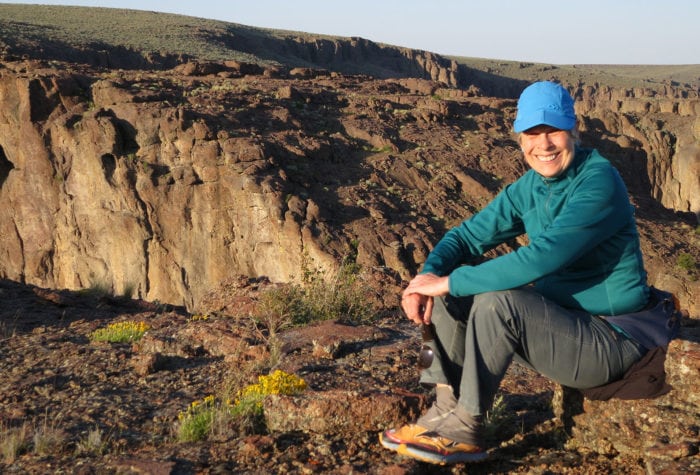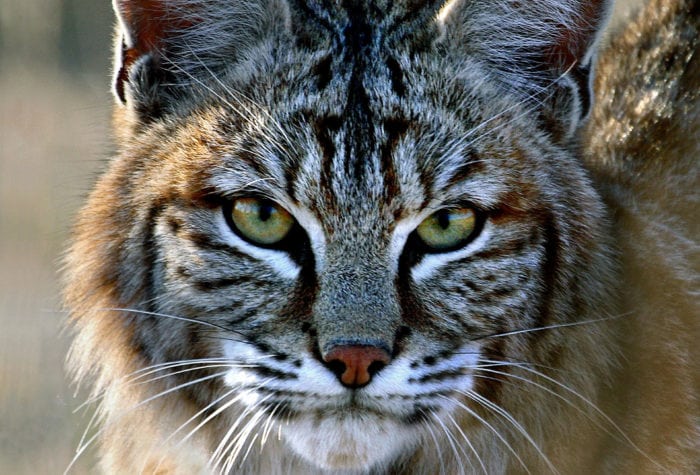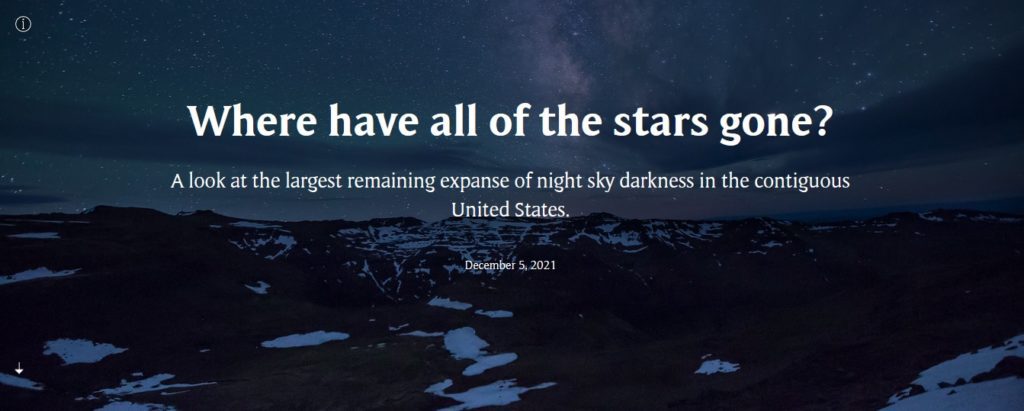Author: Renee Patrick | Published: March 21, 2022 | Category: Profile
Meet ONDA volunteer Rachel Kato and learn more about her contribution to help people understand the importance of the largest remaining expanse of night sky darkness in the contiguous United States.
 Rachel Kato grew up in Oregon, but only recently started exploring landscapes east of the Cascades.
Rachel Kato grew up in Oregon, but only recently started exploring landscapes east of the Cascades.
“Five years ago I started taking day trips to Central Oregon and fell in love with it, which inspired me to continue traveling further and further east. Now most of the time when my husband and I go hiking we end up doing a hike east of the Cascades. I am obsessed with desert plants and want to see them every chance I get,” Rachel explained.
In fall 2021 she reached out to ONDA with an idea to create a story map based on a unique aspect of the high desert: dark night skies. “I was finishing up my GIS Certificate at Portland Community College and wanted my last project to be one that I would put my whole heart into. I decided to contact ONDA because I am so passionate about what they do, and knew that I would put that same passion into my project,” Rachel said.
“It felt great to be able to spread knowledge that can potentially aid in the conservation of the high desert, and I was also excited to get to learn about yet another thing that makes Oregon’s deserts so special. I had no idea that the largest patch of continuous dark night sky in the contiguous United States is in eastern Oregon.


